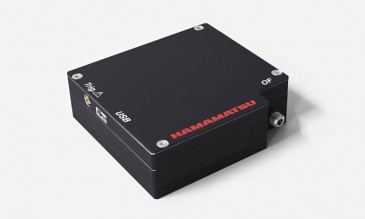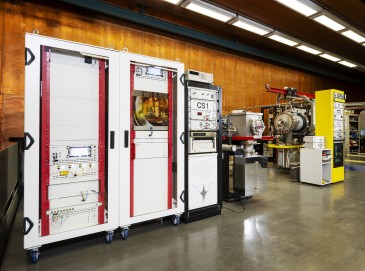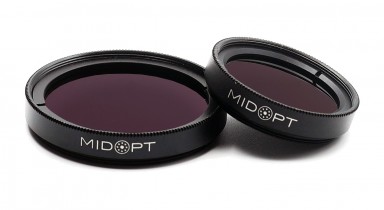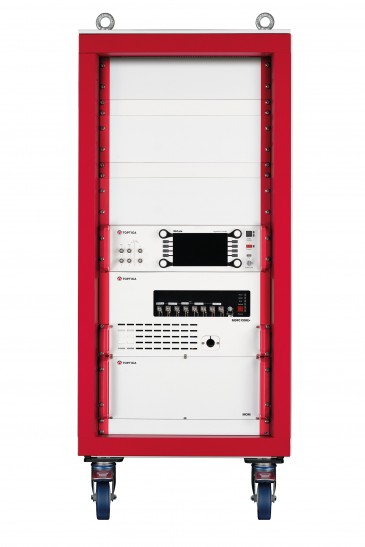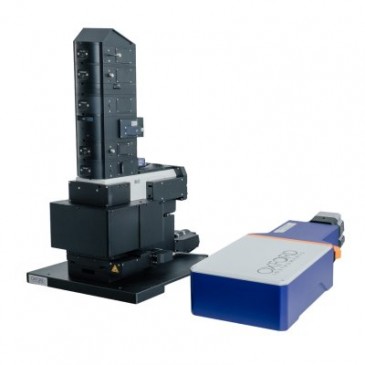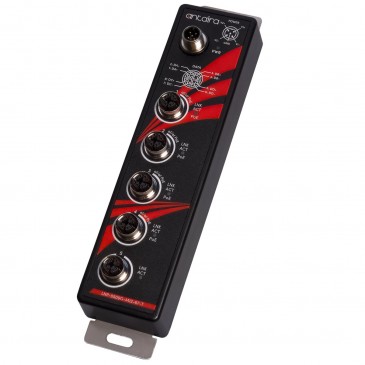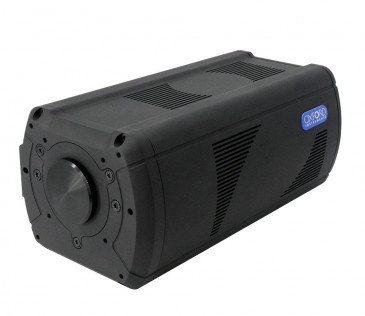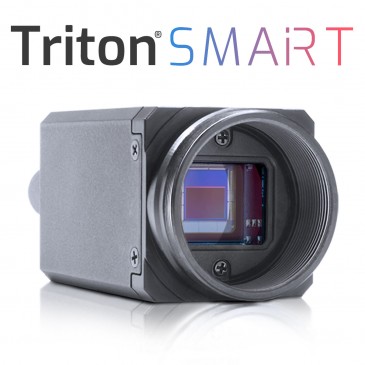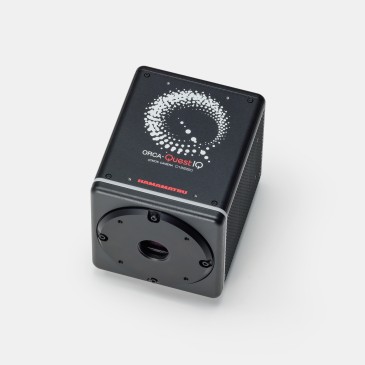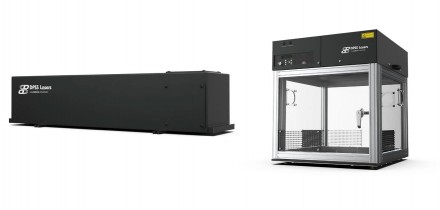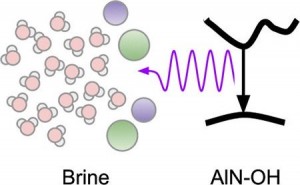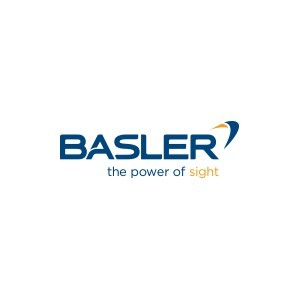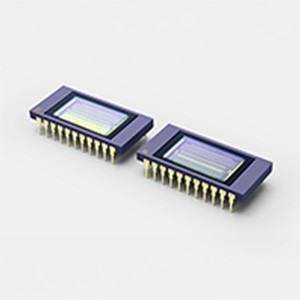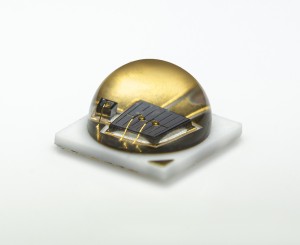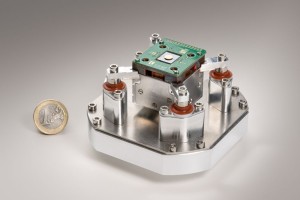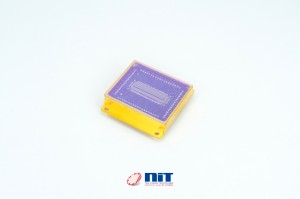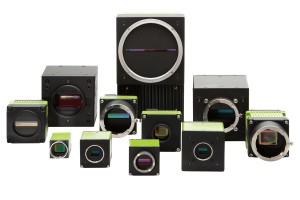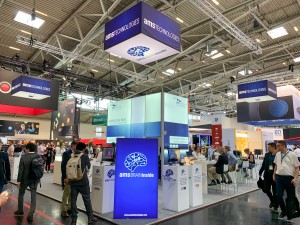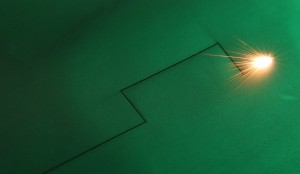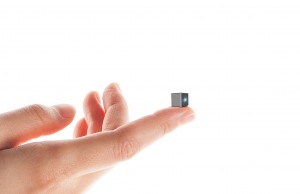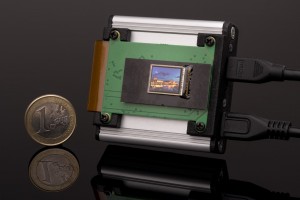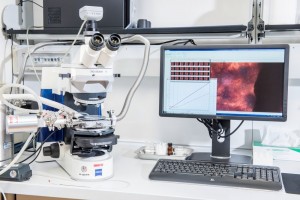
Experts in temperature controlled microscopy and established manufacturers of advanced freeze drying microscopes, Linkam Scientific Instruments report on the work of Dr Henning Gieseler from the Friedrich-Alexander University (FAU) Erlangen-Nuremberg, Germany, highlighting his research and development activities in the field of freeze drying for the pharmaceutical industry.
Dr Henning Gieseler leads the Freeze Drying Focus Group (FDFG) in the Division of Pharmaceutics at FAU. He started his research in this area in 2006, after first coming across freeze drying microscopy (FDM) during his post doc at the University of Connecticut in the US, where he used a Linkam FDSC196 stage. In the following years, this led to a collaboration with Linkam on the development of innovative instrumentation dedicated to improve freeze drying characterization methods. The pharmaceutical industry demands as much knowledge on formulation behavior as possible to design optimum and robust freeze drying cycles. Most recent analysis approaches tend towards miniaturization of the freeze drying process, with the ultimate goal to minimize the amount of drug used for development.
The main research goal is to have a representative measure of the temperature point (or region) where the product starts to undergo structural (morphological) changes during primary drying of a freeze drying cycle. These changes can be visually detected, in form of “shrinkage” or “collapse.” It is essentially the point where a (rigid) glassy system starts to flow (decrease in viscosity). This temperature point is specific for every single formulation in the world. Product defects or imperfections, such as collapse, are of regulatory concern and might impede pharmaceutical quality parameters.
Conventional FDM allows the determination of the so-called onset of collapse temperature (TOC). This measurement is performed using 2–3 µL of liquid placed between two glass cover slips. This experimental setup reflects a 2D measurement, i.e., on the pore size level. In other words, during freeze drying, the product would not show the expected level of collapse when exposed to the same process temperatures applied during the FDM measurement. In order to get a more complete understanding of product behavior, a scale-up of the measurement was required to cover the full performance range and test product behavior at larger volumes when in a commercial vial. This would then be a 3D experiment which would be more reflective of a typical freeze drying cycle. Together, these complementary techniques allow a better understanding of formulation in the frozen state and of the scale up factors (from 2µL to 5 mL), which allow improved process optimization.
The work over the past two years has led to the production of Linkam’s Freeze Drying Vial System (FDVS). This development came in part from the work of one of Dr Gieseler's PhD students, Zixin Huang.




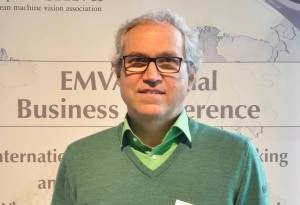

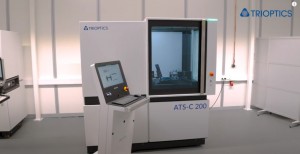
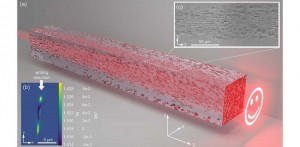
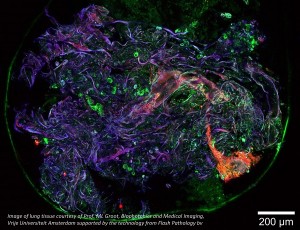

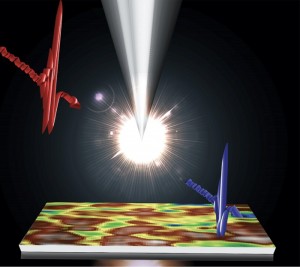

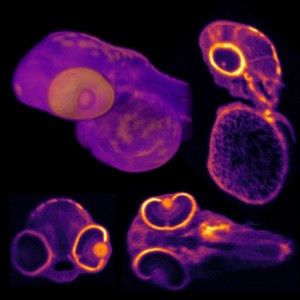
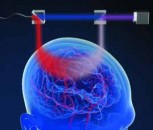

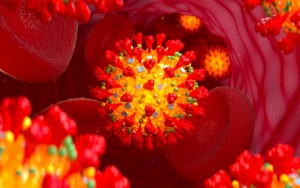
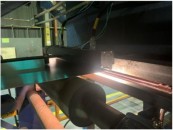





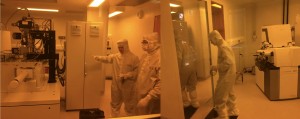
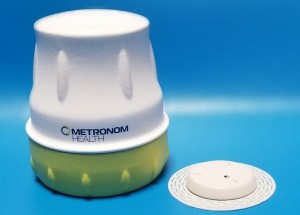


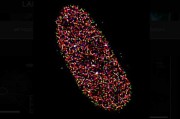
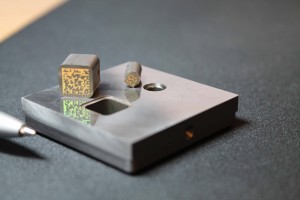
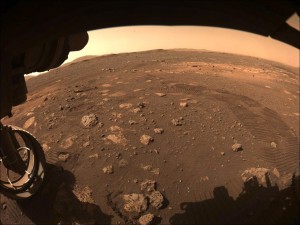
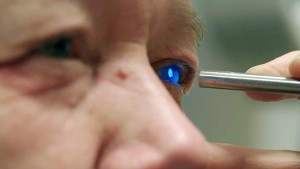

 Back to News
Back to News